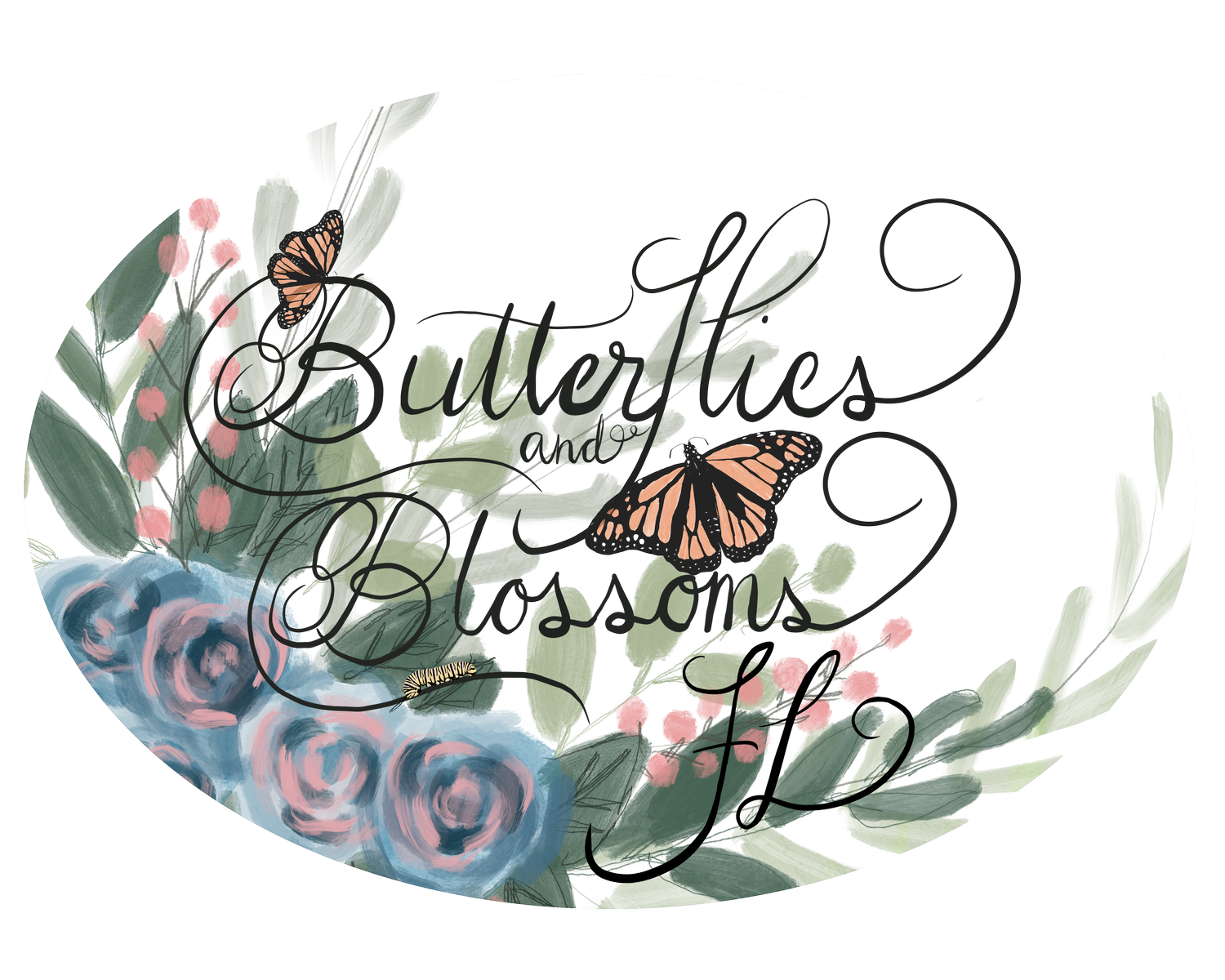Diary of a Gardener Where do we Go From Here
I've been reflecting a lot on how we move forward after experiencing back-to-back hurricanes in just two weeks. Our towns will rebuild, the debris will be cleared, and our beaches will return to some sense of normalcy, although things will look a bit different. We lost so many trees, which is always heartbreaking, but many of those trees weren’t planted in the right spots, or homes were built around existing trees. Choosing the right trees and maintaining them properly is crucial, especially for those of us living in hurricane-prone areas. Working with an arborist to trim and treat trees appropriately can significantly reduce the risk of damage.
For those of you who lost most or all of your landscaping plants, it can feel daunting to start over, especially given the cost. So, where do we go from here?
It’s vitally important not only to plant the right plants for Florida’s landscape but also to do so in a way that protects our vulnerable environment. Choosing a good mix of native plants helps safeguard our ecosystem while welcoming back pollinators and wildlife that have been displaced by the storms. Native plants often recover more quickly from storms than non-natives, though it depends on the type of plant, how the winds hit, and whether salt spray was a factor. I’ve even seen cases where two plants were side by side—one survived while the other didn’t.
In addition to native plants, we must select Florida-Friendly plants, which includes being mindful of “hurricane-friendly” varieties. In a previous blog post, I highlighted several plants that showed minimal storm damage. Unfortunately, many of them aren’t great for pollinators, but by combining native pollinator plants with Florida-Friendly Landscaping (FFL) options, you can create a landscape that’s both beneficial to the environment and aesthetically pleasing.
Now is the time to plan. It’s also the perfect moment to cut back or hard prune any plants that need it. We’re entering one of the most pleasant times of year when plants can grow without the stress of extreme heat. The sooner you prune, the better. It’s also time to plan your layout, plant selections, and design choices. If you lost shade trees, you may need to rethink your shade garden. If you’re short on border plants, now’s the time to refresh them. As your summer wildflowers go dormant, consider planting seeds like zinnias or dahlia bulbs.
This is my favorite time to garden. If you’re in need of a redesign, consultation, or just a bit of guidance on plant placement or color choices, I’m available to help.
Don’t despair—we will get through this. Plants are resilient, and so are you.

